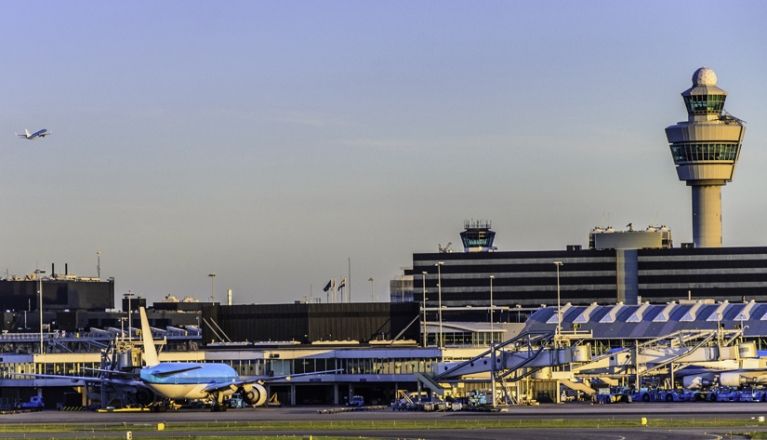-
View article
 #Economy
#EconomySouth Korea: a year after the political crisis, markets are buying the promise of stability
2025/12/17
Managing time slots: the new challenge facing air transport
In March this year, the International Air Transport Association (IATA) requested the immediate suspension of slot allocation rules, lifting the veil on a commodity essential to the life of airlines.
These slots, which permit an aircraft to take off or land at a given airport at a given time, are the cornerstone of airlines’ ability to organise and run their regular routes. They have strategic value for airlines, particularly those operating in congested European airports.
Although most people are unaware of their existence, the almost 90% drop in air traffic has brought them – and problems with how they are managed – to public attention.

Usage, not ownership
Despite their critical importance, slots are not owned by the airlines that use them. The number of slots at any given airport is limited by runway and infrastructure space constraints. Airlines are awarded the right to use slots on a use-it-or-lose-it basis.
Complex allocation and management
Independent coordinators allocate slots among airlines based on three core aims: to provide each airline with equitable access to congested airports; to manage and optimise airport traffic; and to provide the best possible range of passenger services by diversifying routes and offering attractive departure and arrival times.
The coronavirus crisis has triggered an unparalleled decline in domestic and international traffic all over the world. One might naturally suppose that such a decline in traffic would mean the constraints associated with holding on to slots would disappear.
But international regulations do not allow for the possibility of such a crisis, and the requirement for airlines to use their take-off and landing slots at each airport if they wish to keep them has become a real problem.
The environmental absurdity of ghost flights
With permitted cancellation rates unable to absorb the decline, the buffer solution was to charter ghost flights with no passengers, taking off from and landing at the same airport. It took several weeks of intensive lobbying by airlines before the regulations were temporarily lifted. The crisis revealed the inertia of the administrative framework, a major obstacle to flexibility in air transport. With airports’ income dependent on numbers of flights, the legislative battle between airlines and airports continues to rage.
Towards a secondary market in slots
Like all aviation-related regulations, legislation on the management of airport traffic – which, moreover, was designed in an era when air traffic was less developed and low-cost operators were still very much in their infancy – is cumbersome and slow to change. However, one potential change in the system everyone seems to approve of is the ability for airlines to sell slots to each other.
As regulations currently stand, such sales are only tolerated in the United Kingdom, in the form of an exchange accompanied by financial compensation. However, Airports Council International (ACI) wants restrictions on slot exchanges to be lifted to maximise airport capacity and make airlines more resilient. None of the three key stakeholder groups in air transport – airlines, airports and passengers – would be put at a disadvantage by such a change.
Consideration is also being given to varying minimum authorised cancellation and usage rates; in extreme cases, minimum authorised usage rates can be as low as 64%, to the detriment of airports. The two most likely changes in legislation will undoubtedly be in these two areas.
The COVID-19 crisis has demonstrated the need to reform the administrative framework governing the aviation sector, which was designed and developed in another era when air traffic was very different from what it is today. The regulations governing slots, sometimes seen as a vehicle for anticompetitive practices, could do with being updated to cater for contemporary air traffic, optimise airport infrastructure and avoid unnecessary waste. Such a change would support the aviation sector in its quest to become more sustainable.
Pascale Rombaut and Alexandre Brezillon








